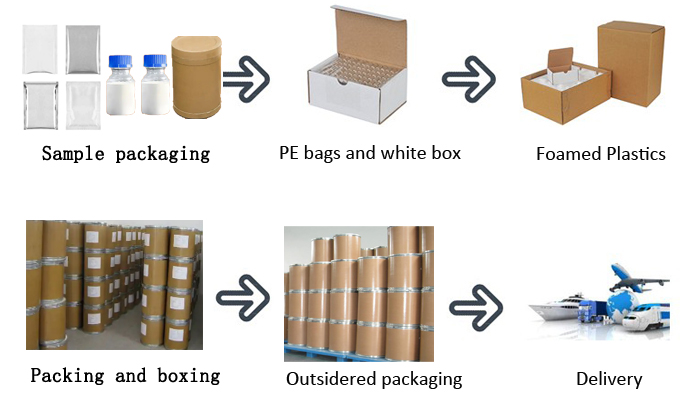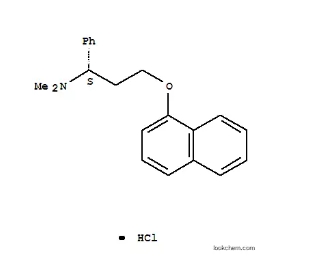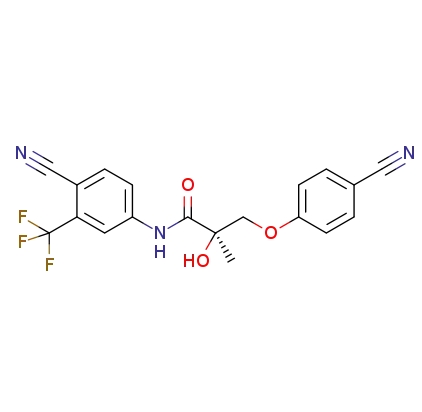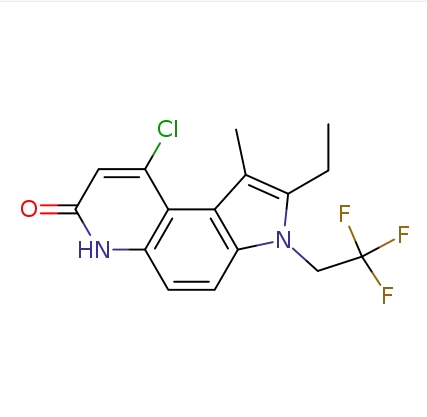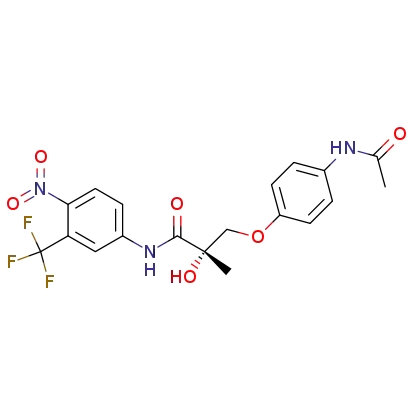Background
Weight reduction is essential for improving health outcomes in people with obesity and type 2 diabetes. We assessed the efficacy and safety of tirzepatide, a glucose-dependent insulinotropic polypeptide and glucagon-like peptide-1 receptor agonist, versus placebo, for weight management in people living with obesity and type 2 diabetes.
Methods
This phase 3, double-blind, randomised, placebo-controlled trial was conducted in seven countries. Adults (aged ≥18 years) with a body-mass index (BMI) of 27 kg/m2 or higher and glycated haemoglobin (HbA1c) of 7–10% (53–86 mmol/mol) were randomly assigned (1:1:1), using a computer-generated random sequence via a validated interactive web-response system, to receive either once-weekly, subcutaneous tirzepatide (10 mg or 15 mg) or placebo for 72 weeks. All participants, investigators, and the sponsor were masked to treatment assignment. Coprimary endpoints were the percent change in bodyweight from baseline and bodyweight reduction of 5% or higher. The treatment-regimen estimand assessed effects regardless of treatment discontinuation or initiation of antihyperglycaemic rescue therapy. Efficacy and safety endpoints were analysed with data from all randomly assigned participants (intention-to-treat population). This trial is registered with ClinicalTrials.gov, NCT04657003.
Findings
Between March 29, 2021, and April 10, 2023, of 1514 adults assessed for eligibility, 938 (mean age 54·2 years [SD 10·6], 476 [51%] were female, 710 [76%] were White, and 561 [60%] were Hispanic or Latino) were randomly assigned and received at least one dose of tirzepatide 10 mg (n=312), tirzepatide 15 mg (n=311), or placebo (n=315). Baseline mean bodyweight was 100·7 kg (SD 21·1), BMI 36·1 kg/m2 (SD 6·6), and HbA1c 8·02% (SD 0·89; 64·1 mmol/mol [SD 9·7]). Least-squares mean change in bodyweight at week 72 with tirzepatide 10 mg and 15 mg was –12·8% (SE 0·6) and –14·7% (0·5), respectively, and –3·2% (0·5) with placebo, resulting in estimated treatment differences versus placebo of –9·6% percentage points (95% CI –11·1 to –8·1) with tirzepatide 10 mg and –11·6% percentage points (–13·0 to –10·1) with tirzepatide 15 mg (all p<0·0001). More participants treated with tirzepatide versus placebo met bodyweight reduction thresholds of 5% or higher (79–83% vs 32%). The most frequent adverse events with tirzepatide were gastrointestinal-related, including nausea, diarrhoea, and vomiting and were mostly mild to moderate in severity, with few events leading to treatment discontinuation (<5%). Serious adverse events were reported by 68 (7%) participants overall and two deaths occurred in the tirzepatide 10 mg group, but deaths were not considered to be related to the study treatment by the investigator. Interpretation In this 72-week trial in adults living with obesity and type 2 diabetes, once-weekly tirzepatide 10 mg and 15 mg provided substantial and clinically meaningful reduction in bodyweight, with a safety profile that was similar to other incretin-based therapies for weight management.
 Zenuo Biotech
Zenuo Biotech 




